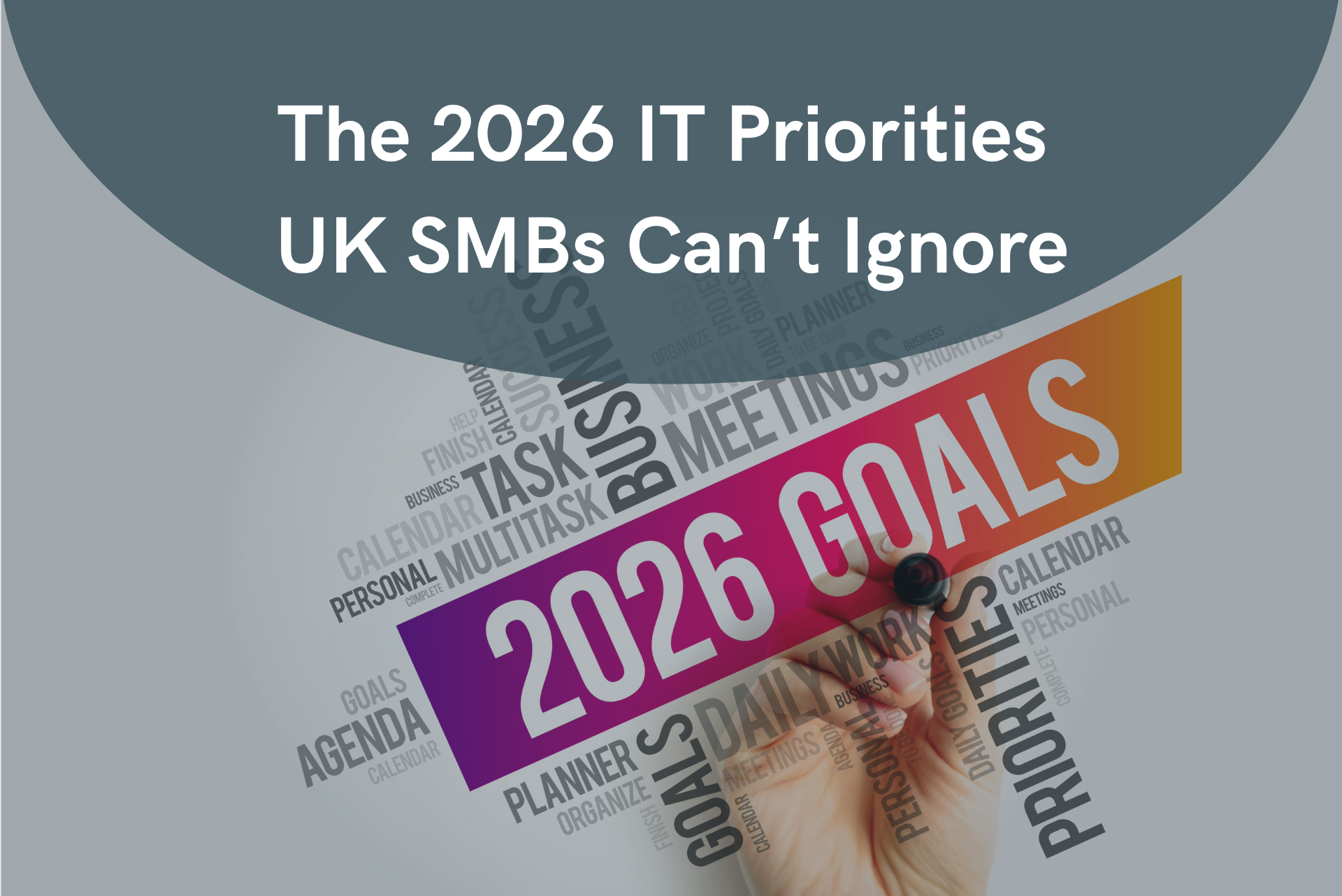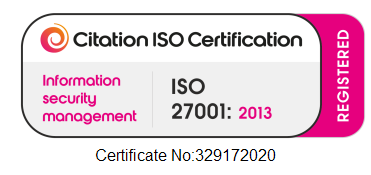The Importance of Microsoft 365 Copilot in the UK Education Sector
The Importance of Microsoft 365 Copilot in the UK Education Sector

Written By Nav Iqbal – UK Sales Manager, Cranborne Technology.
The integration of Microsoft 365 Copilot into the education sector in the UK promises to revolutionise the way educators and students interact with technology. By leveraging the power of AI, Microsoft 365 Copilot can enhance learning experiences, streamline administrative tasks, and foster a more collaborative and efficient educational environment.
Enhancing Learning Experiences
- Personalised Learning: Microsoft 365 Copilot can tailor educational content to meet the individual needs of students. By analysing data on student performance, it can suggest resources, exercises, and study plans that cater to each student’s strengths and weaknesses. This personalised approach helps in addressing learning gaps and promoting a more inclusive education system.
- Interactive Lessons: With AI-driven tools, educators can create more engaging and interactive lessons. Copilot can assist in generating multimedia content, quizzes, and interactive simulations that make learning more dynamic and enjoyable. This can be particularly beneficial in subjects like science and mathematics, where visual aids and interactive elements can significantly enhance understanding.
- Real-time Feedback: Copilot can provide instant feedback on assignments and assessments. This allows students to understand their mistakes and learn from them immediately, rather than waiting for manual grading. Real-time feedback can accelerate the learning process and help students stay on track with their studies.
Streamlining Administrative Tasks
- Automated Grading: One of the most time-consuming tasks for educators is grading. Microsoft 365 Copilot can automate the grading process for multiple-choice tests, quizzes, and even some types of written assignments. This not only saves time but also ensures consistency and fairness in grading.
- Scheduling and Planning: Copilot can assist in managing schedules, planning lessons, and organising events. By automating these administrative tasks, educators can focus more on teaching and interacting with students. It can also help in coordinating meetings, parent-teacher conferences, and other school activities.
- Data Management: Managing student records, attendance, and performance data can be overwhelming. Copilot can streamline data management by organising and analysing this information efficiently. This can help educators identify trends, monitor student progress, and make data-driven decisions to improve educational outcomes.
Fostering Collaboration and Communication
- Collaborative Projects: Microsoft 365 Copilot can facilitate collaborative projects by providing tools for real-time collaboration. Students can work together on documents, presentations, and other projects, regardless of their physical location. This promotes teamwork and prepares students for the collaborative nature of the modern workplace.
- Enhanced Communication: Copilot can improve communication between educators, students, and parents. It can assist in drafting emails, creating newsletters, and managing communication channels. This ensures that important information is conveyed effectively and that everyone stays informed and engaged.
- Professional Development: Educators can benefit from Copilot’s ability to curate and recommend professional development resources. By staying updated with the latest teaching strategies and educational technologies, teachers can continuously improve their skills and enhance their teaching methods.
Supporting Remote Learning During Crises
In the event of another situation like COVID-19, Microsoft 365 Copilot would be invaluable in supporting remote learning. It can facilitate seamless transitions to online education by providing tools for virtual classrooms, enabling real-time collaboration, and ensuring that students continue to receive personalised learning experiences. Copilot can also help educators manage remote teaching tasks more efficiently, from grading assignments to communicating with students and parents. This ensures that education remains uninterrupted and that students can continue their studies effectively, regardless of physical constraints.
Conclusion
Microsoft 365 Copilot holds immense potential for transforming the education sector in the UK. By enhancing learning experiences, streamlining administrative tasks, and fostering collaboration and communication, it can create a more efficient and effective educational environment. As schools and universities continue to embrace digital transformation, the integration of AI-driven tools like Microsoft 365 Copilot will be crucial in preparing students for the future and supporting educators in their mission to provide high-quality education.




